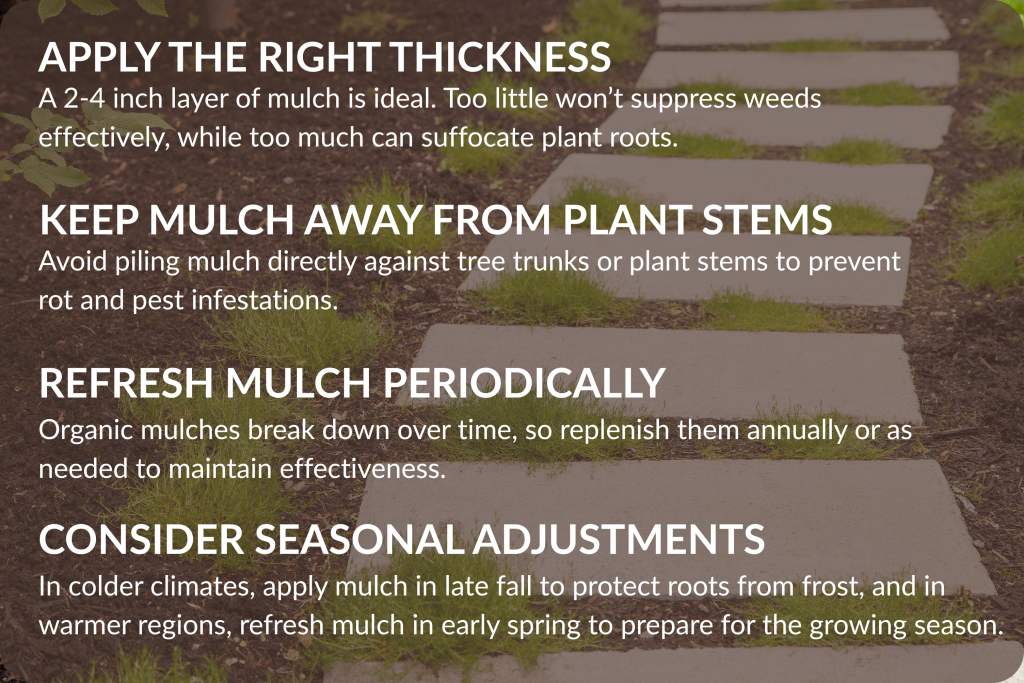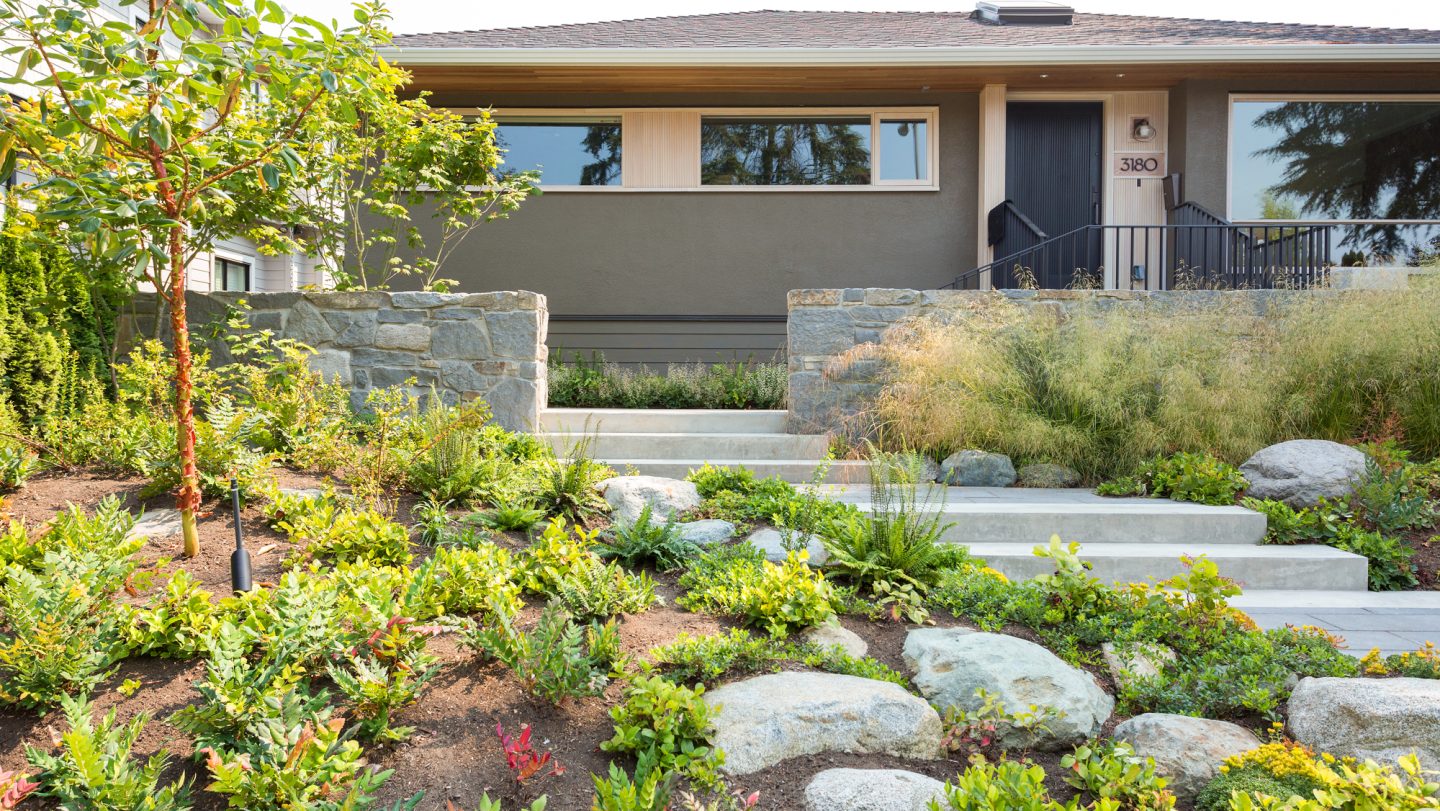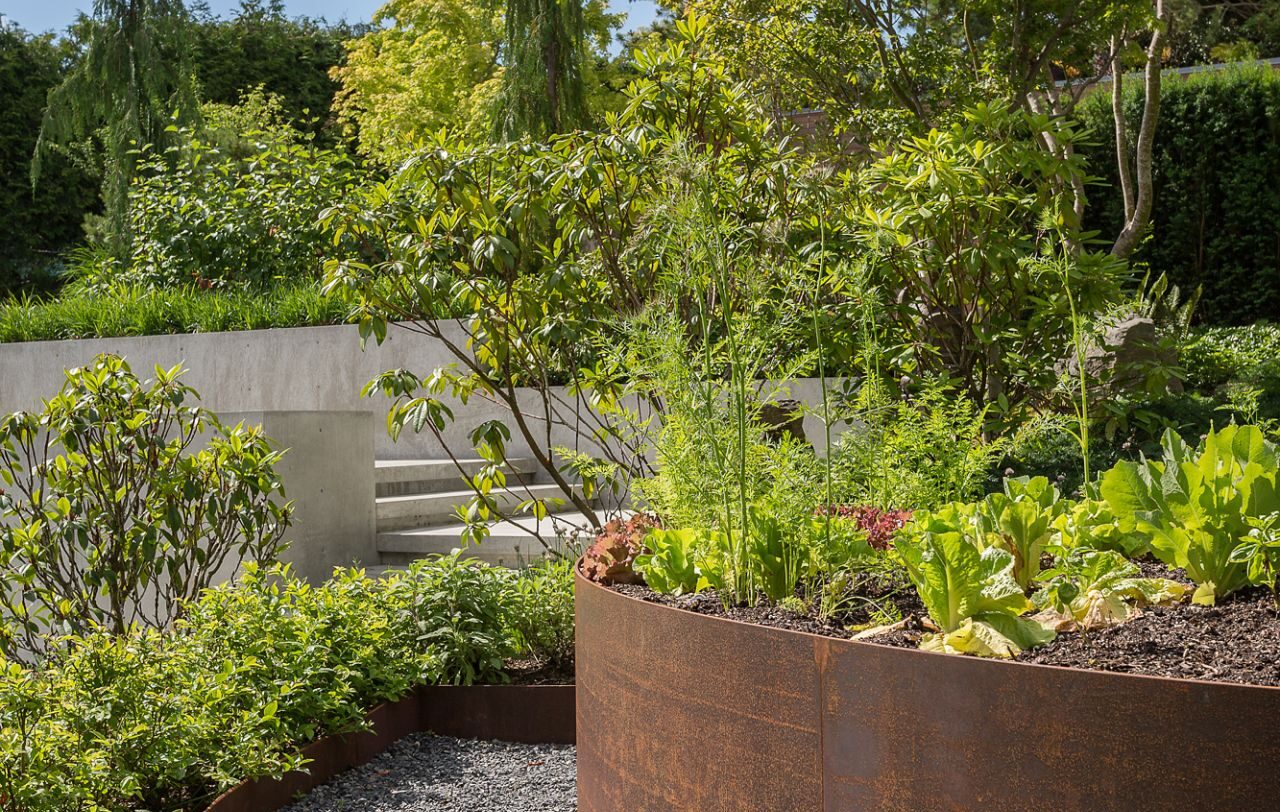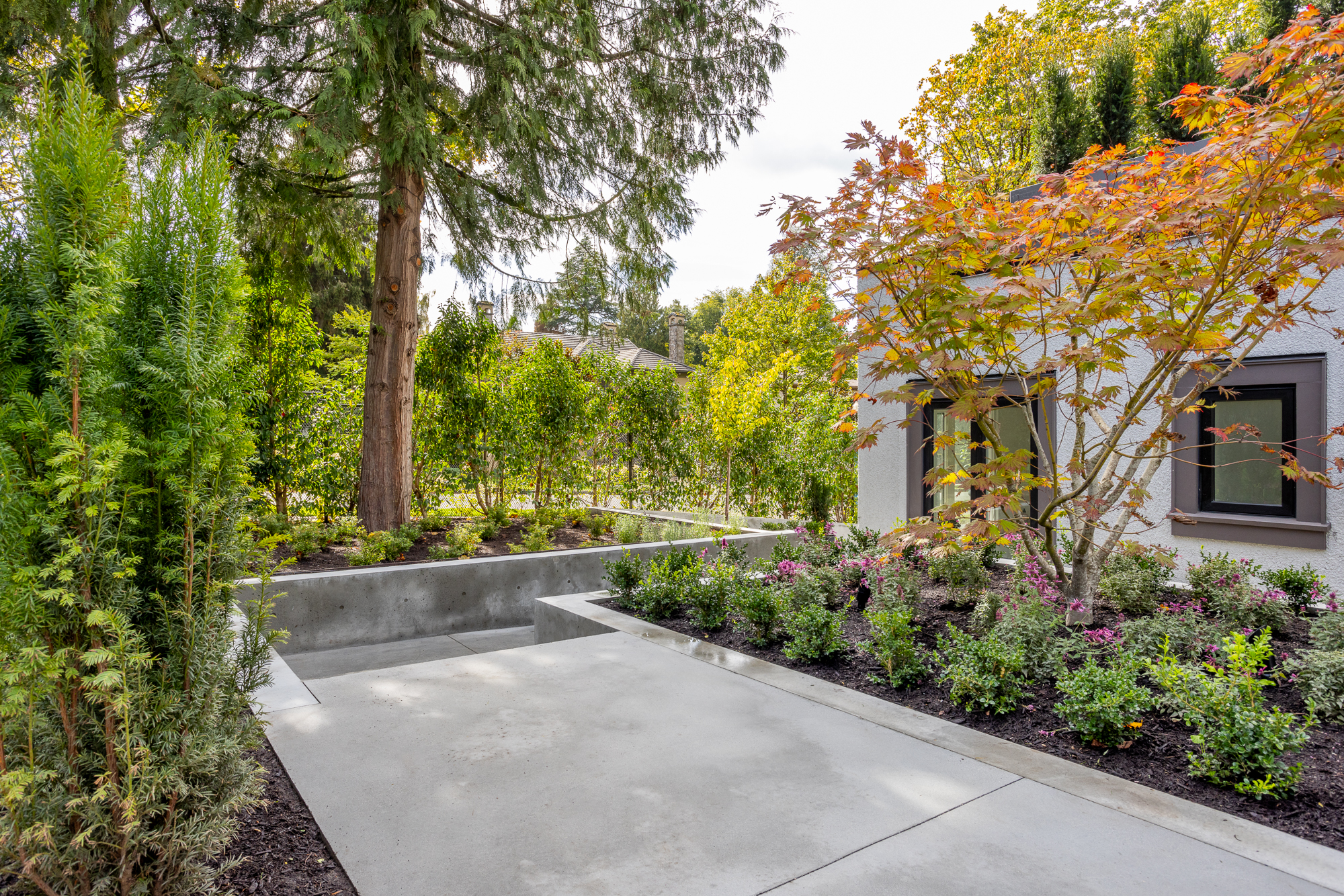Mulching is one of the most effective and essential gardening practices for maintaining healthy soil, controlling weeds, and promoting plant vitality. Whether you’re preparing for a new growing season or maintaining your garden year-round, the right mulching techniques can significantly improve the health and resilience of your landscape.
In this guide, we’ll explore why mulching is vital, how it contributes to seasonal garden maintenance, and the best practices for application to maximize its benefits.
The Benefits of Mulching
Mulching serves multiple purposes beyond aesthetics. A well-mulched garden benefits from:
1. Moisture Retention and Soil Health
Mulch acts as a protective barrier, reducing evaporation and keeping the soil consistently moist. This is particularly beneficial during hot summers when plants are more prone to drought stress. Organic mulches, such as shredded leaves or wood chips, break down over time, enriching the soil with nutrients and improving its structure.
2. Weed Suppression
A thick layer of mulch prevents weed seeds from receiving sunlight, inhibiting their germination and growth. This reduces the need for chemical herbicides and labor-intensive wedding, allowing plants to thrive without competition for nutrients and water.
3. Temperature Regulation
Seasonal temperature fluctuations can be stressful for plant roots. Mulching insulates the soil, keeping it warmer in winter and cooler in summer, creating a stable environment that supports healthy root development.
4. Erosion Control and Soil Protection
Heavy rains can wash away topsoil and essential nutrients, leaving your plants vulnerable. Mulch helps prevent soil erosion by absorbing and slowing down rainwater, ensuring that valuable nutrients remain in place.
5. Enhancing Soil Microbial Activity
Organic mulches provide habitat and food for beneficial microorganisms, earthworms, and fungi that contribute to a healthy soil ecosystem. These organisms improve soil aeration, break down organic matter, and release essential nutrients to plants.
Our Recommended Mulching for Your Garden
Choosing the right mulch depends on your garden’s needs, regional climate, and overall design goals. For most of our clients’ gardens, we recommend using composted bark mulch, especially in the Spring, Fall, or after a new garden installation.
Why We Recommend Bark Mulch
Bark mulches, typically made from Fir and Hemlock, are our top choice for a number of reasons:
- Nutrient-Rich: As composted bark breaks down, it adds valuable organic matter to the soil, improving structure and boosting fertility.
- Moisture Retention: Bark mulch reduces evaporation and keeps the soil consistently moist – especially important during warmer months.
- Weed Suppression: A well-applied layer acts as a natural barrier against unwanted weeds, helping reduce the need for herbicides or manual weeding.
- Soil Temperature Regulation: Bark mulch helps insulate garden beds, protecting plant roots from temperature changes.
- Low Maintenance: Once applied, bark mulch significantly cuts down on watering and weeding tasks, making garden care easier and more sustainable.
- Aesthetic Appeal: Screened bark (ideally no larger than 1” in size) offers a clean, uniform finish that enhances the natural beauty of any garden space.
Whether you’re starting fresh or looking to improve an existing garden, bark mulch provides both functional benefits and visual impact, making it an ideal solution for long-term plant health and garden performance.

Best Practices for Applying Mulch
To get the most out of mulching, follow these expert-recommended techniques:
- Apply the Right Thickness – A 2-4 inch layer of mulch is ideal. Too little won’t suppress weeds effectively, while too much can suffocate plant roots.
- Keep Mulch Away from Plant Stems – Avoid piling mulch directly against tree trunks or plant stems to prevent rot and pest infestations.
- Refresh Mulch Periodically – Organic mulches break down over time, so replenish them annually or as needed to maintain effectiveness.
- Consider Seasonal Adjustments – In colder climates, apply mulch in late fall to protect roots from frost, and in warmer regions, refresh mulch in early spring to prepare for the growing season.

Sustainable Mulching Practices
For an eco-friendly approach to mulching, consider using locally sourced materials and avoiding dyed or chemically treated mulches. Sustainable gardening methods, including mulching, support biodiversity and contribute to a healthier environment.
Further Reading
For more insights into eco-friendly gardening techniques, check out our guide on Harmony in the Garden: Embracing Biological Pest Control to learn how natural pest management complements mulching strategies.
For additional expert recommendations on mulch types and soil health, visit Canadian Horticultural Society
Conclusion
Mulching is a simple yet powerful technique that enhances plant health, conserves moisture, suppresses weeds, and protects soil structure. By incorporating the right mulch and following best practices, you can create a thriving, resilient garden that flourishes in every season.
Investing in quality mulching practices today ensures a healthier, more sustainable landscape for years to come. Whether you’re a home gardener or a landscape professional, mastering the art of mulching is key to maintaining a beautiful and productive outdoor space.
Any questions? contact us today.
info@swicks.net | 604-315-8592
GET IN TOUCH




 Contact Us
Contact Us